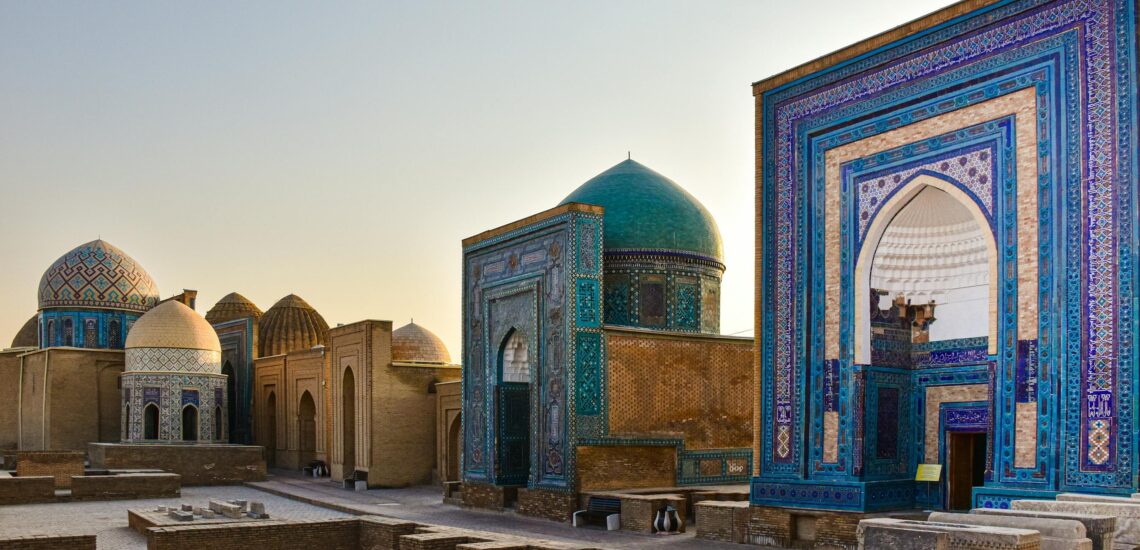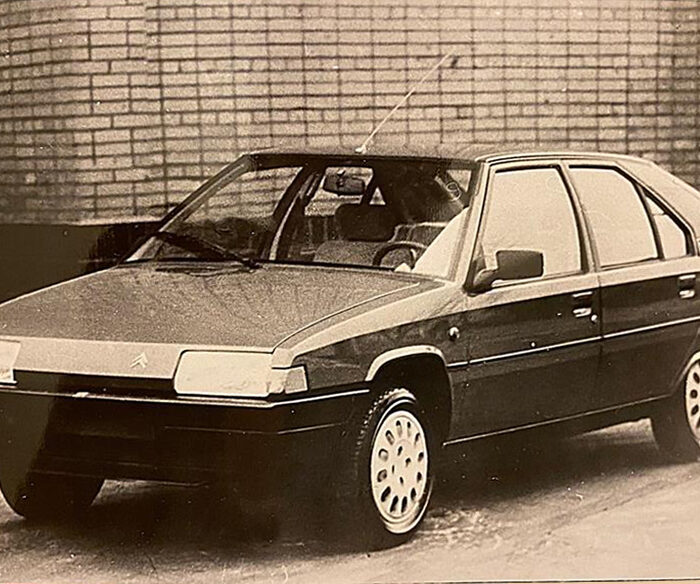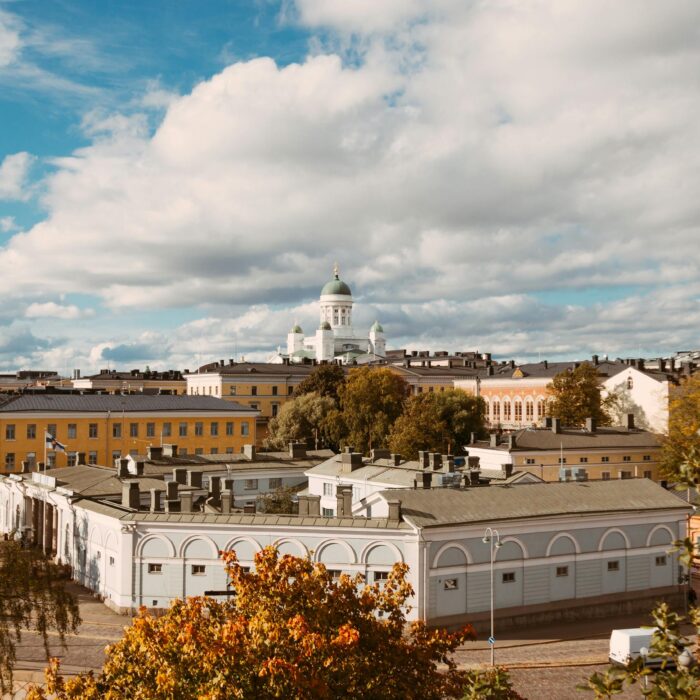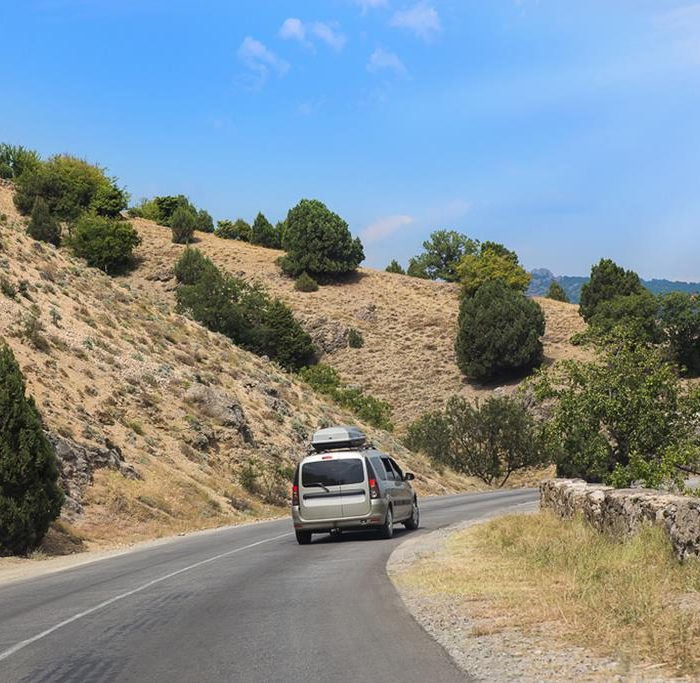Uzbekistan, the heart of the ancient Silk Road, offers an unmatched blend of history, architecture, culture, and landscapes. Whether you’re drawn by the turquoise domes of Samarkand, the desert citadels of Khiva, or the warmth of its people, Uzbekistan is one of Central Asia’s most compelling destinations. Still relatively untouched by mass tourism, it gives travelers a chance to explore grand cities and ancient ruins, while also experiencing traditional hospitality and a vibrant daily culture that lives on in bustling bazaars and rural villages alike.
Best Cities to Visit
Tashkent
Modern and historic, chaotic and serene — Tashkent is a city of contrasts. The capital of Uzbekistan is often overlooked, but it rewards visitors with spacious parks, grand Soviet architecture, and a deep sense of everyday life. The Chorsu Bazaar, under its iconic turquoise dome, is one of the most authentic markets in Central Asia — a place to smell spices, taste dried fruits, and bargain over traditional crafts. The Khast Imam Complex preserves ancient Quranic manuscripts, including the world-famous Uthman Quran. Don’t miss a ride on the Tashkent Metro — a showcase of Soviet-era art, mosaics, and marble, each station telling its own story.
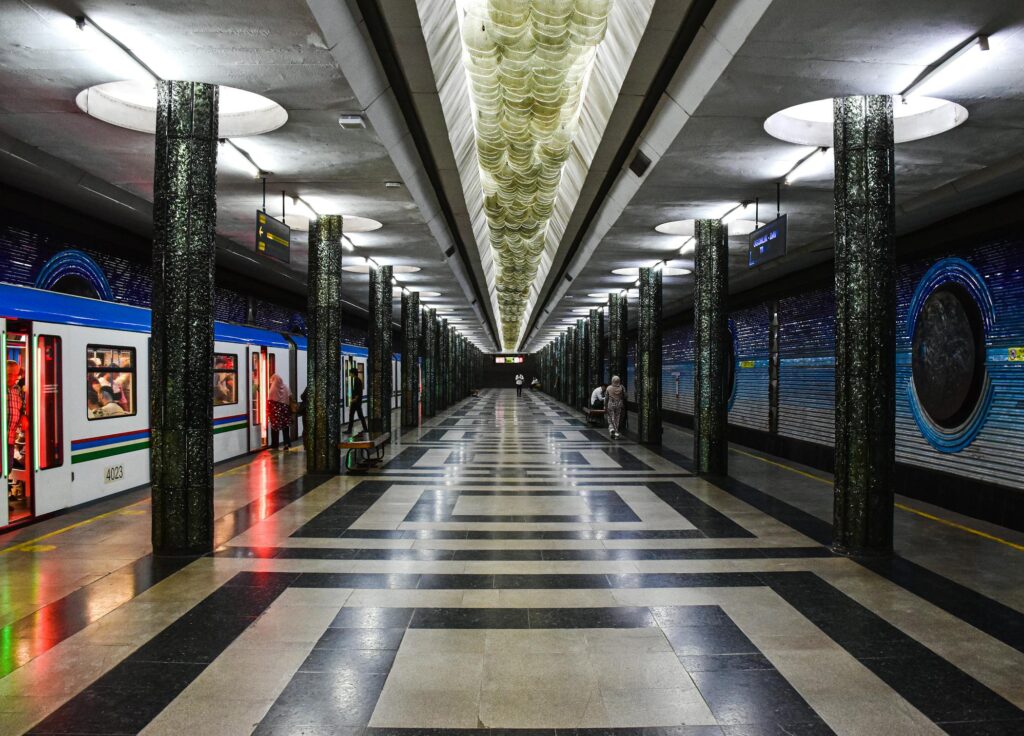
Samarkand
Once one of the most important cities of the Silk Road, Samarkand is breathtaking. At the heart of the city lies Registan Square, flanked by three stunning madrassahs adorned with intricate tilework. The Shah-i-Zinda necropolis, a hillside avenue of tombs, is equally dazzling, with some of the most refined Islamic artistry in the world. The Gur-e-Amir Mausoleum, where Timur (Tamerlane) rests, is both somber and majestic. Samarkand feels like a living museum — yet it’s also vibrant and full of life, especially in the evening when locals gather in parks and cafés.
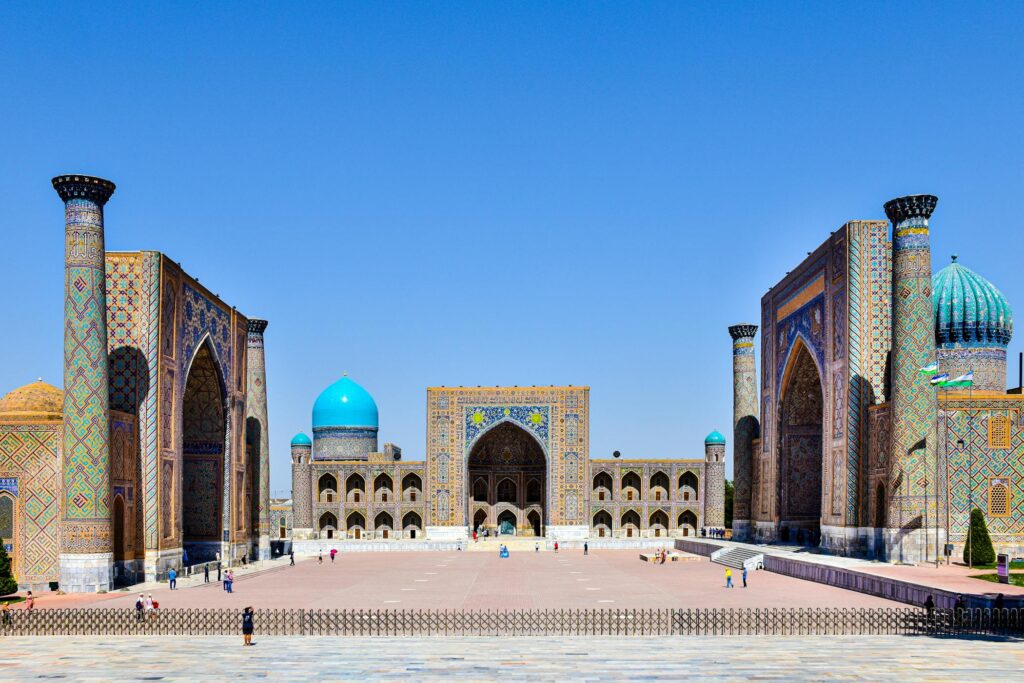
Bukhara
If Samarkand amazes with grandeur, Bukhara charms with atmosphere. This city feels timeless, with over 140 historical buildings concentrated in a walkable old town. The Kalyan Minaret, once called the “Tower of Death,” is a beautiful 12th-century landmark that even Genghis Khan spared. The nearby Po-i-Kalyan Mosque, Mir-i-Arab Madrassah, and Lyabi-Hauz square capture the spiritual and social life of the city. Wander through narrow alleys, discover old caravanserais turned artisan shops, and sip tea in hidden courtyards — Bukhara is all about slow travel and immersion.
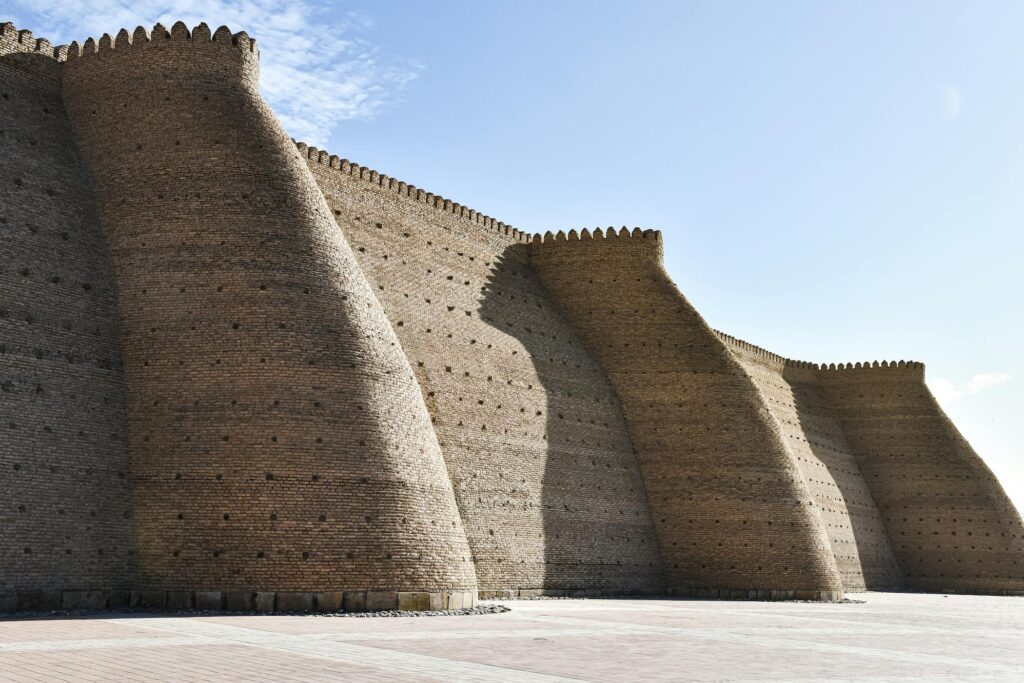
Khiva
Like stepping into a fairy tale, Khiva’s Itchan Kala is a perfectly preserved walled city of mud-brick houses, minarets, palaces, and mosques. It’s small enough to explore on foot in a day, but rich enough in detail to keep you enthralled for longer. Climb the Islam Khodja minaret for a panoramic view, visit the Kunya Ark fortress, and don’t miss the ornate tilework of the Juma Mosque with its forest of carved wooden pillars. At night, when the crowds fade, Khiva glows under golden light — serene, romantic, and unforgettable.
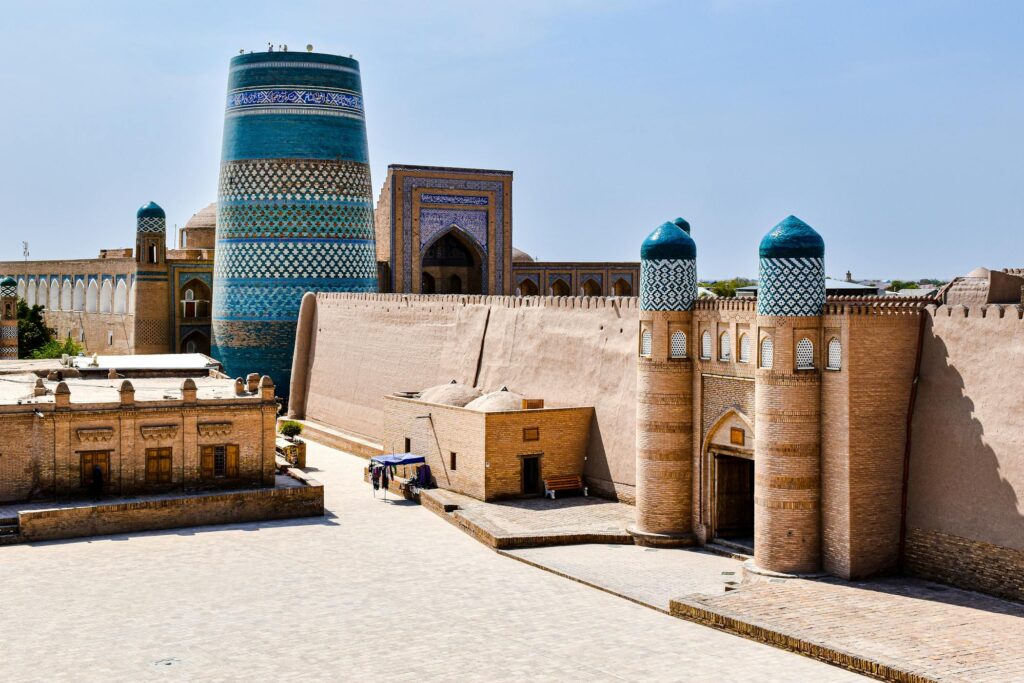
Shahrisabz
Often visited as a day trip from Samarkand, Shahrisabz is the birthplace of Timur. The ruins of his once-massive Ak-Saray Palace still impress with their scale, and the surrounding tombs and monuments give insight into his dynasty. With fewer visitors and a more rural setting, Shahrisabz offers a quieter glimpse into the country’s imperial past.
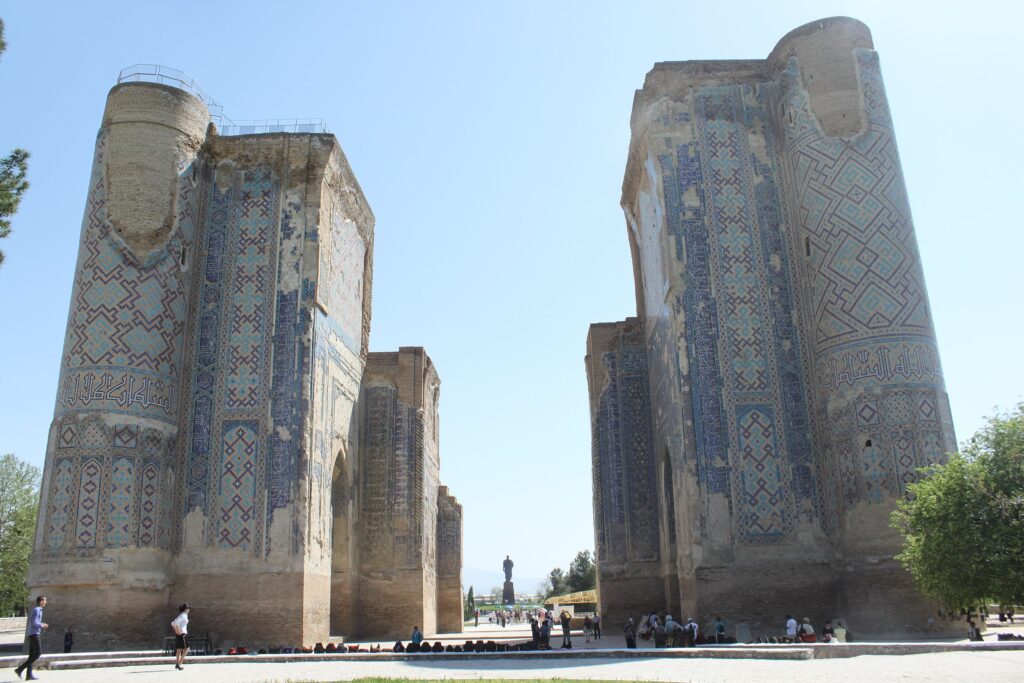
Nukus
Nukus, located in northwestern Uzbekistan, is a quiet, remote city best known for the Savitsky Museum, which houses one of the world’s most important collections of Soviet avant-garde art. Many of the works on display were banned in Moscow during the Soviet era, making the museum a rare and valuable archive of suppressed artistic expression.
While the city itself is modest and not geared toward tourism, Nukus holds cultural significance and serves as a gateway to the Aral Sea region, where visitors can learn about one of the world’s worst environmental disasters.
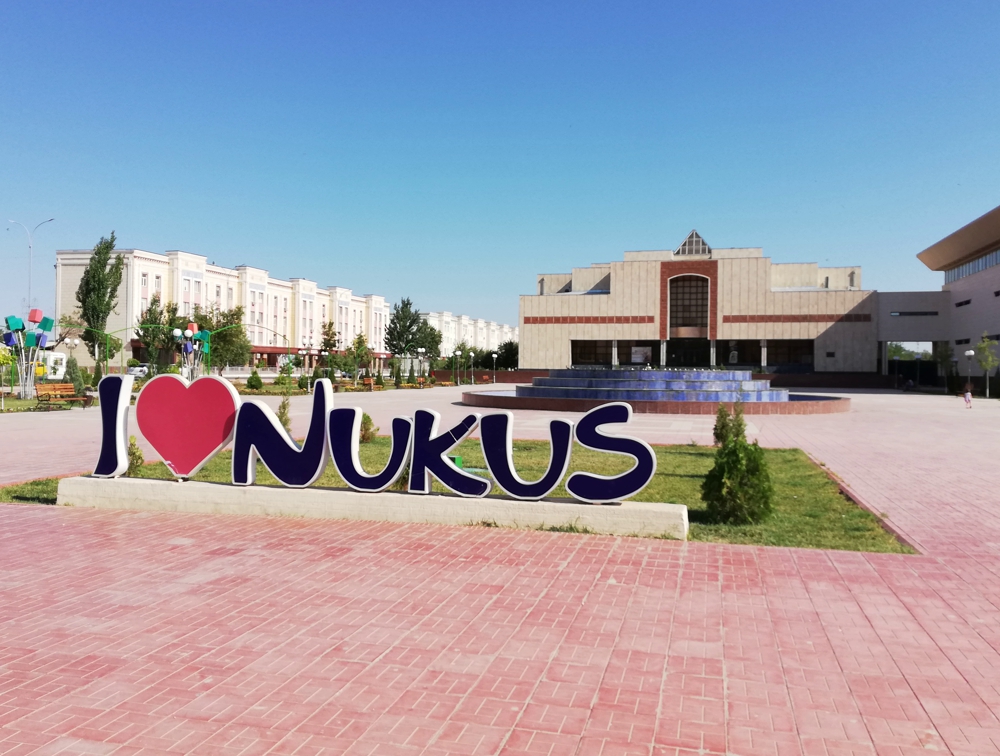
Best Natural Wonders
Chimgan Mountains & Charvak Lake
Just a couple of hours from Tashkent, the Chimgan Mountains offer a green escape into nature. Popular for hiking in summer and skiing in winter, it’s a favorite weekend spot for locals. Nearby Charvak Lake is great for swimming, picnicking, and water sports, surrounded by mountains and dotted with summer cottages.
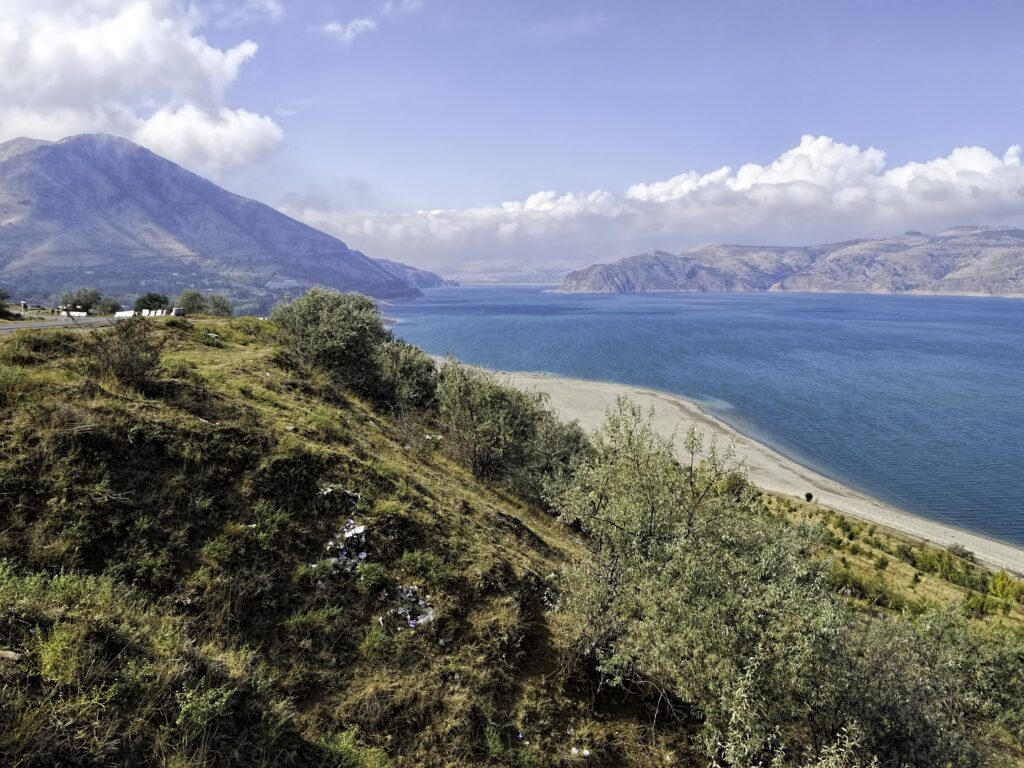
Aydarkul Lake
Aydarkul Lake, located in the Kyzylkum Desert of Uzbekistan, was formed accidentally during Soviet-era irrigation projects. Today, it’s a peaceful and scenic lake, surrounded by sand dunes and steppe.
Visitors can stay in yurt camps, take camel rides, fish with locals, or simply relax by the water. The area is known for its quiet atmosphere, beautiful sunrises, and clear night skies, making it ideal for stargazing.
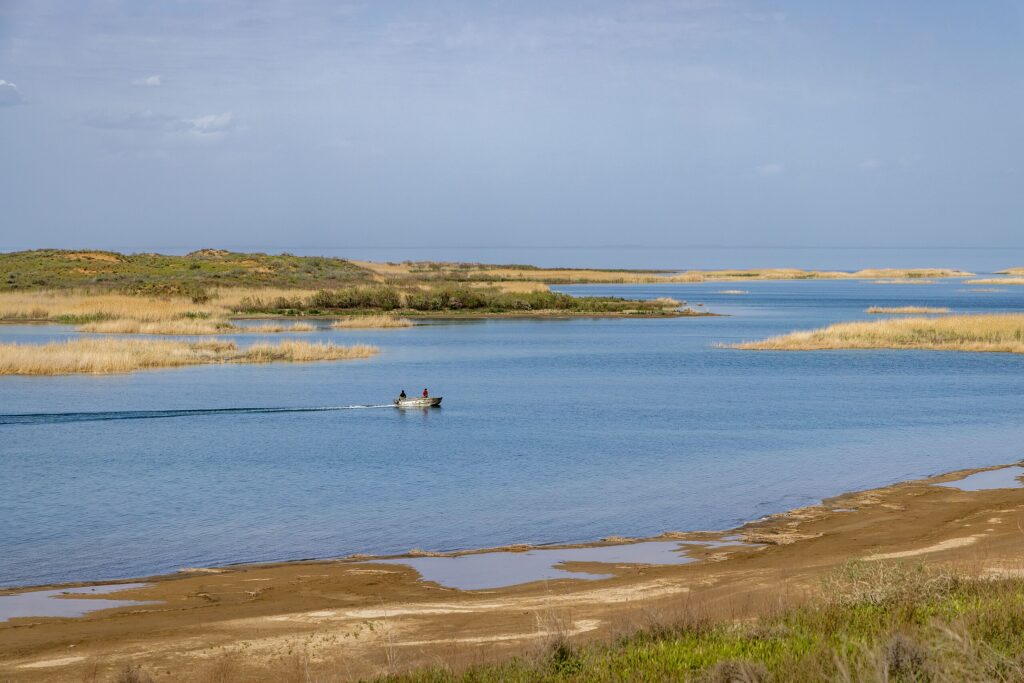
Zaamin National Park
Zaamin National Park, located in eastern Uzbekistan, is a quiet alternative to more popular destinations like Chimgan. It features alpine landscapes, high meadows, cool forests, and clean mountain air.
The park is ideal for hiking, birdwatching, and picnicking, especially in spring and summer when wildflowers cover the slopes. Visitors often meet local shepherds tending their flocks, adding a cultural touch to the natural setting.
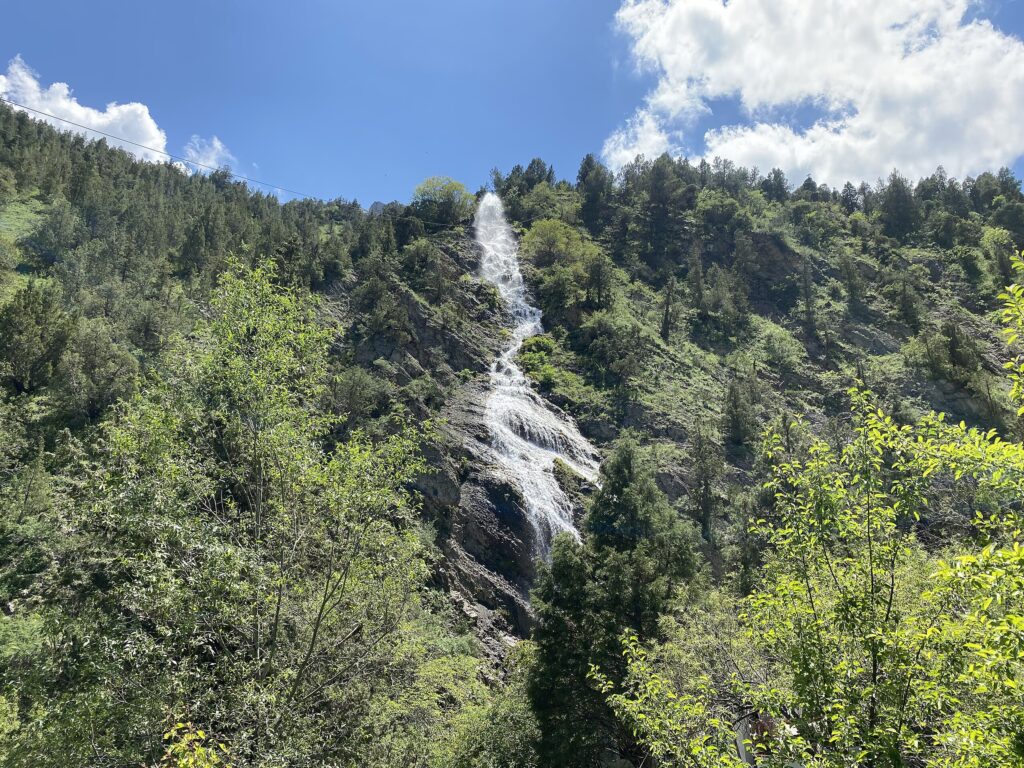
Fergana Valley
The Fergana Valley is the most fertile and densely populated region in Uzbekistan, known for its green fields, orchards, and deep craft traditions. The area is home to several historic cities, each with its own cultural specialty.
- Rishton is famous for its handmade ceramics, using natural pigments and techniques passed down through generations.
- Margilan is the center of Uzbek silk production, where visitors can tour silk factories and watch traditional weaving in action.
- Kokand was once a major center of the Khanate and is known for its palaces, madrasas, and mosques.
The Fergana Valley is also known for its strong Uzbek identity, warm hospitality, and rich cultural heritage, making it a rewarding region to explore for those interested in everyday life and craftsmanship in Uzbekistan.
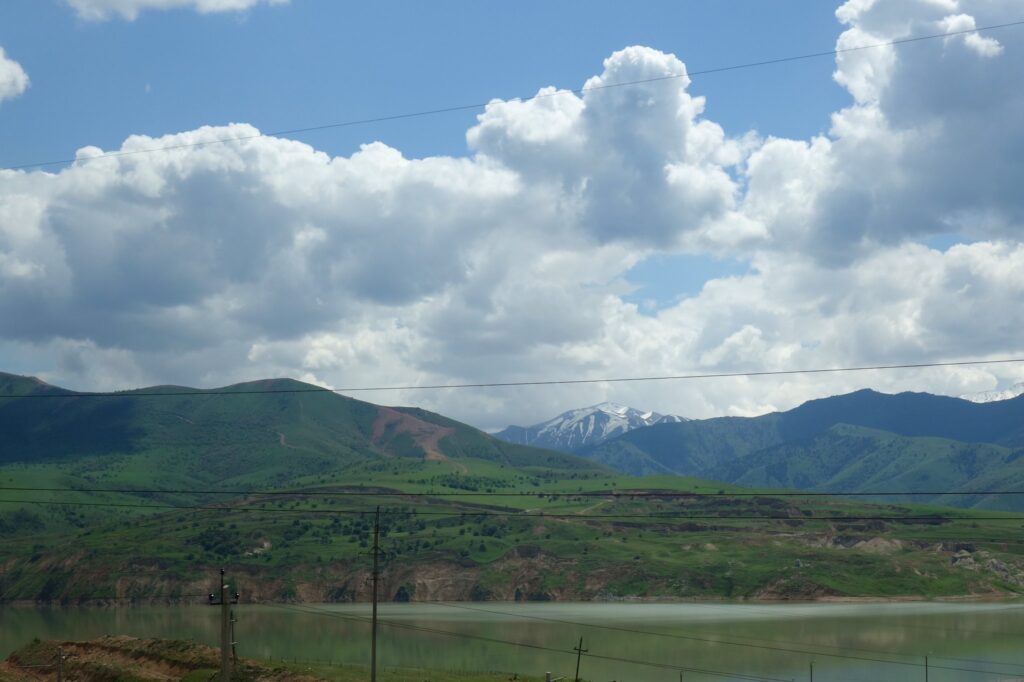
Hidden Gems of Uzbekistan
Termez
Termez, located in southern Uzbekistan near the Afghan border, is a unique city where Buddhist and Islamic heritage come together. Once an important stop on the Silk Road, it was a center for trade, religion, and culture.
The area is home to some of Central Asia’s most significant Buddhist ruins, including Fayaz Tepe and Kampyr Tepe, where visitors can see the remains of ancient stupas, monasteries, and murals. Termez also features Islamic monuments, fortresses, and archaeological museums that highlight its diverse past.
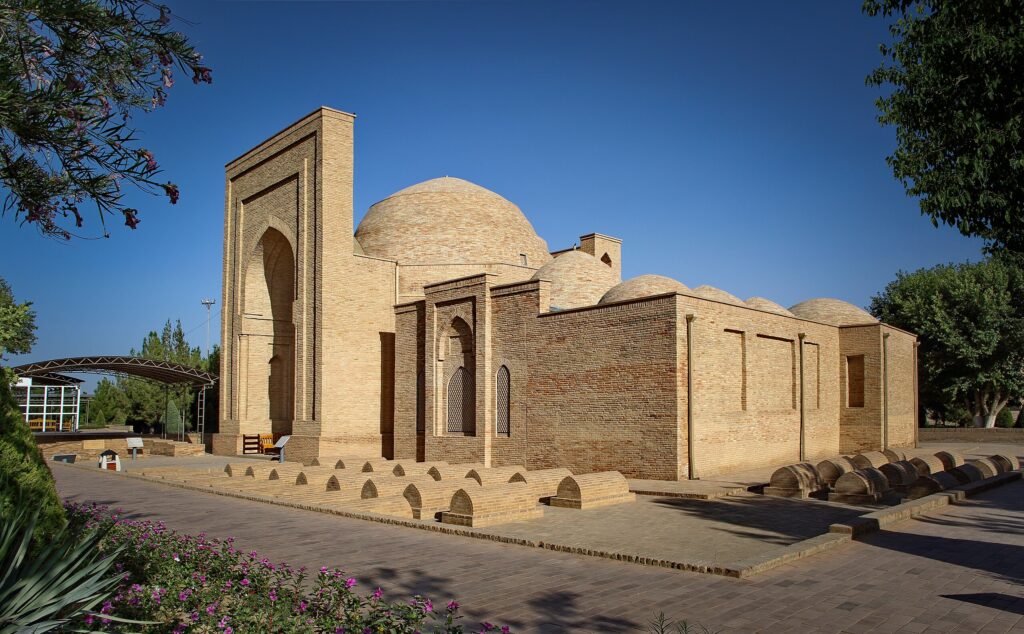
Boysun
Boysun, located in southern Uzbekistan near the Gissar Mountains, is known for its rich folklore, traditional crafts, and intact rural lifestyle. Recognized by UNESCO as part of the Intangible Cultural Heritage of Humanity, Boysun is a center of oral storytelling, music, embroidery, and rituals that reflect centuries of local tradition.
The town is also surrounded by beautiful mountain scenery, making it a peaceful destination for those interested in ethnography, hiking, and experiencing authentic Uzbek village life.
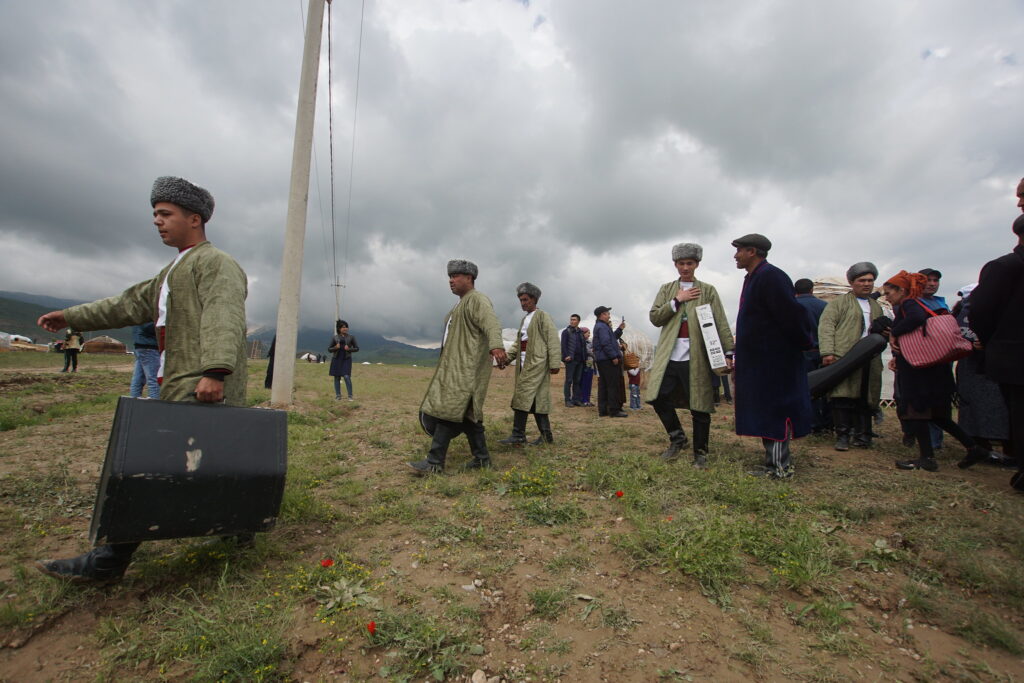
Karshi
Karshi, in southern Uzbekistan, is a less-visited but historically important city that once played a key role on the Silk Road. The city features well-preserved mosques, caravanserais, and old stone bridges, offering a peaceful and authentic experience without tourist crowds.
Sites like the Odina Mosque, Rabat-i Malik caravanserai, and traditional bazaars reflect Karshi’s rich past and cultural identity. For travelers looking to explore off-the-beaten-path history, Karshi is a rewarding stop full of local character and heritage.
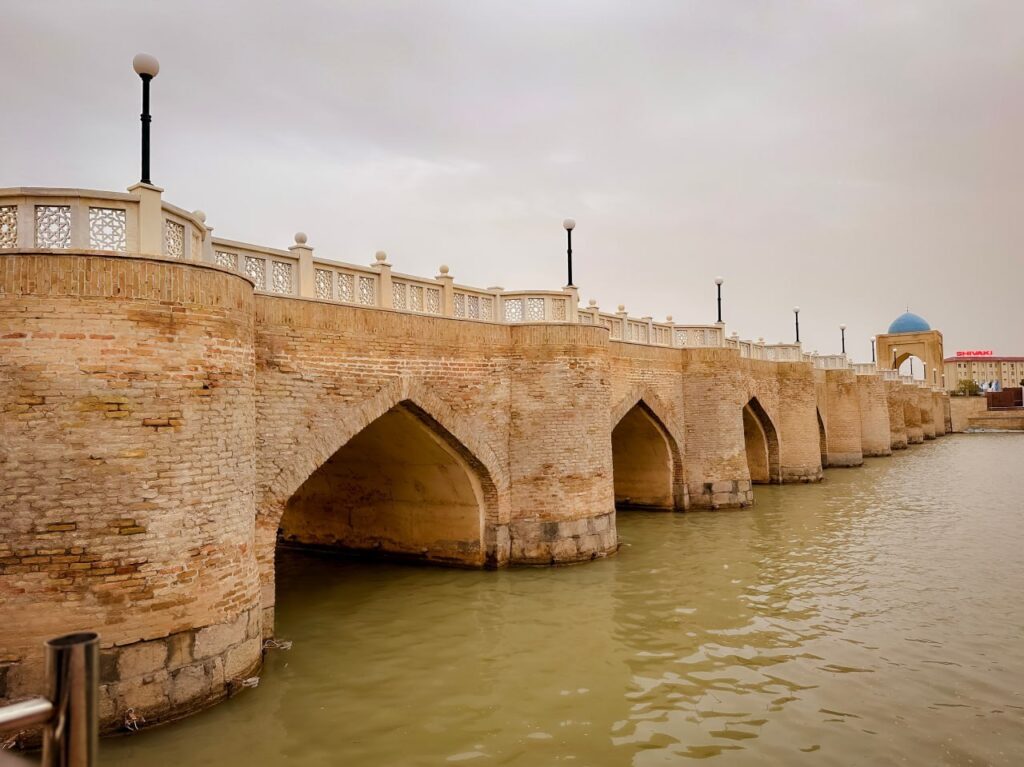
Gijduvan
Gijduvan, located near Bukhara, is well-known for its distinctive handmade ceramics, famous for their bold geometric patterns and vibrant colors. The town has a long tradition of pottery-making, with skills passed down through generations.
Visitors can tour traditional workshops, where artisans still use ancient techniques like hand-throwing clay and natural glazing. Gijduvan is a great place to see the craftsmanship up close, buy authentic ceramics, and learn about one of Uzbekistan’s most celebrated artistic traditions.
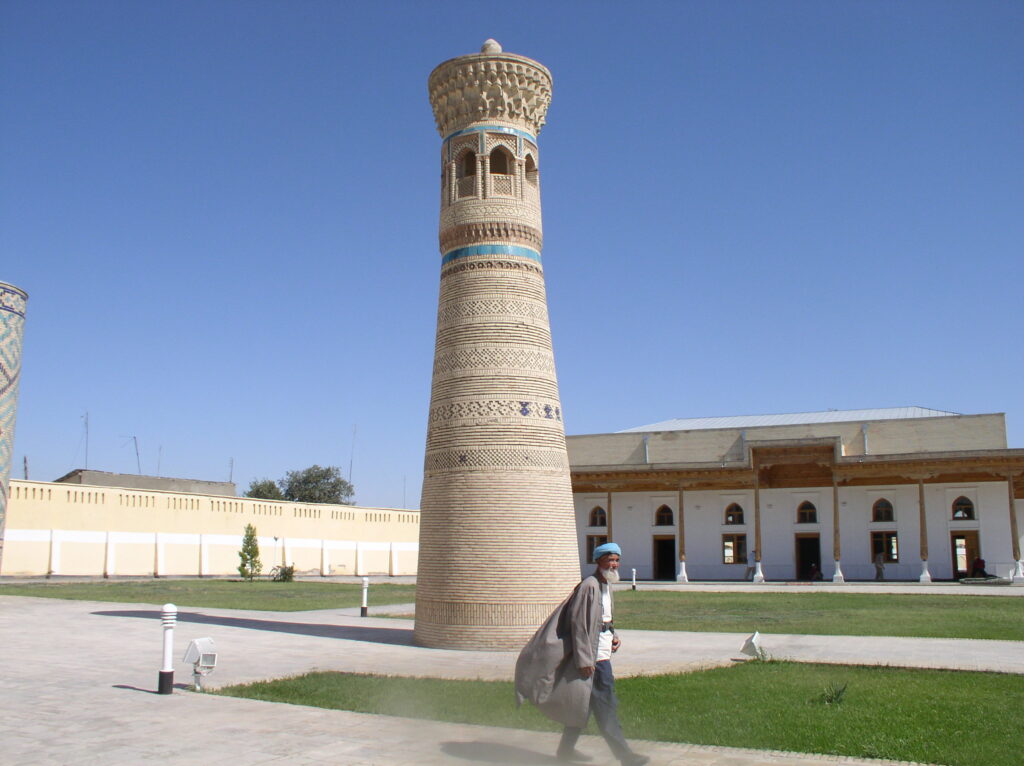
Muynak
Muynak, in northwestern Uzbekistan, was once a thriving fishing port on the shores of the Aral Sea. Today, it lies stranded in the desert, miles from the water, due to one of the world’s worst environmental disasters.
The town is now known for its ship graveyard, where rusting fishing boats sit on dry seabed sand — a powerful and haunting reminder of the sea that vanished. Visitors can explore a small museum about the Aral Sea and learn about the impact on the local community.
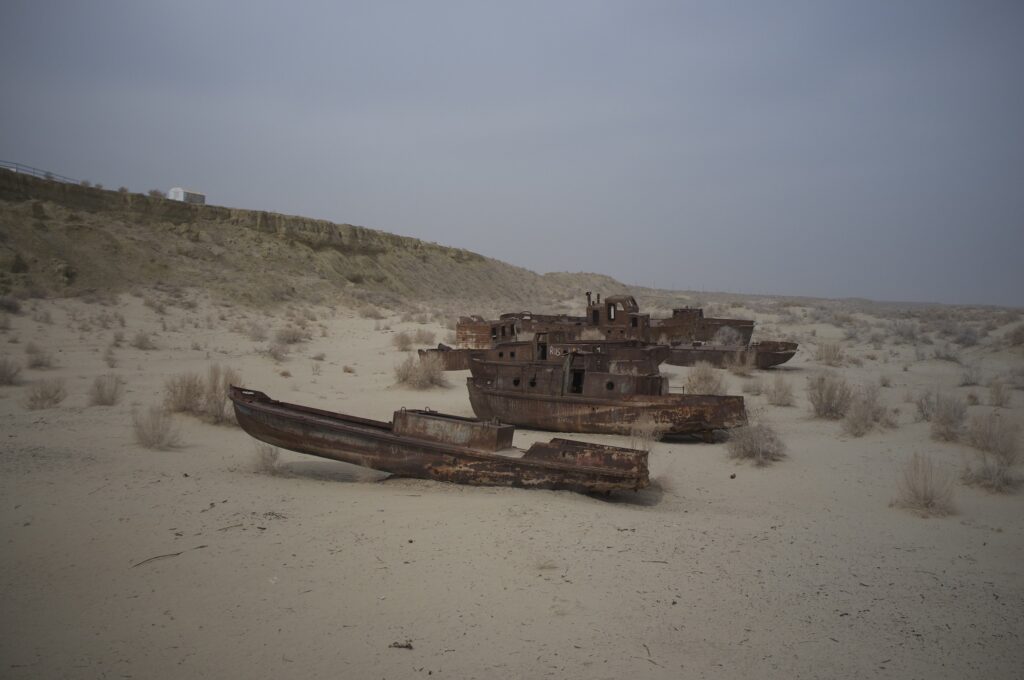
Best Cultural & Historical Landmarks
Registan Square (Samarkand)
One of the greatest architectural ensembles in the Islamic world — three madrassahs surrounding a vast square, decorated in dazzling blue tiles and calligraphy. It’s impossible not to be moved by its grandeur.
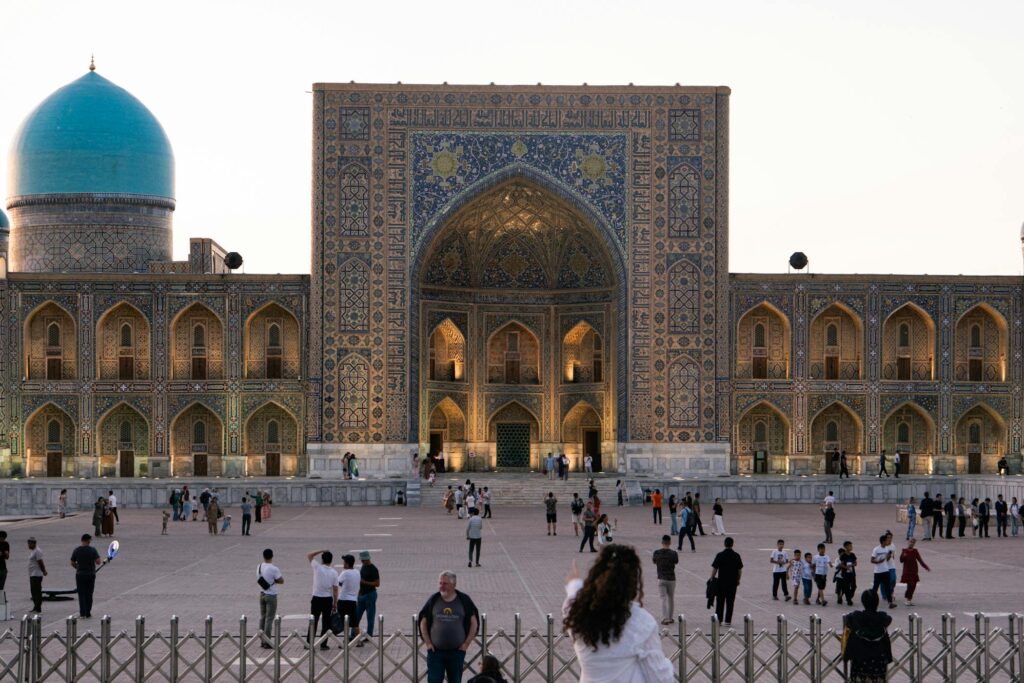
Bolo Haouz Mosque (Bukhara)
Elegant and peaceful, this mosque is famous for its wooden pillars that reflect in the pond beside it — a perfect place for contemplation.
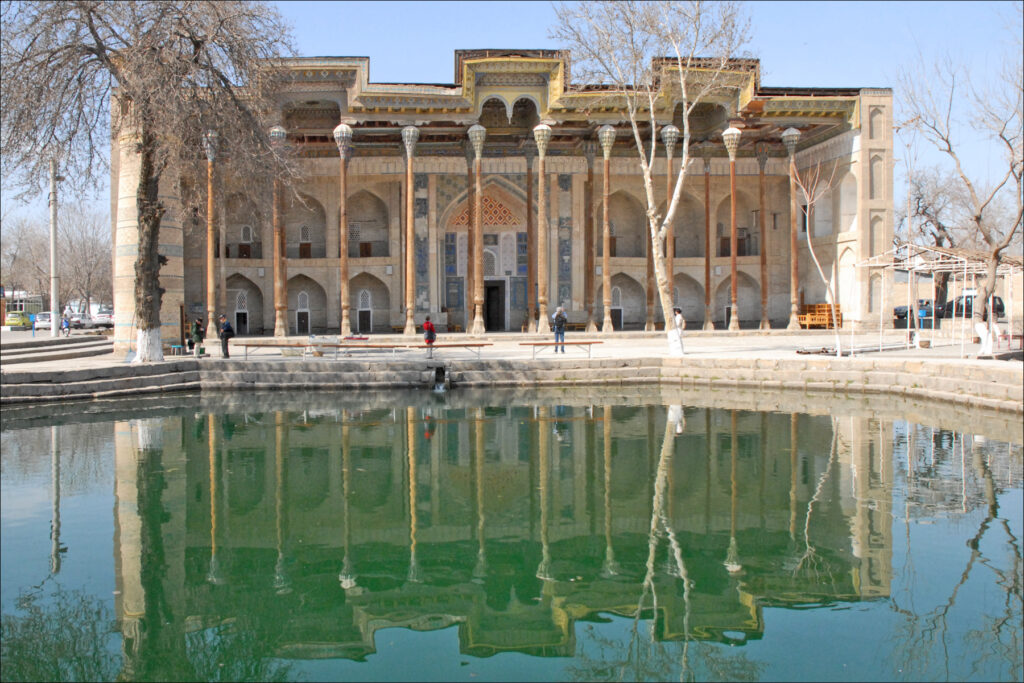
Shah-i-Zinda (Samarkand)
A sacred necropolis where generations of artisans perfected their skills. Every mausoleum is a masterpiece of tilework.
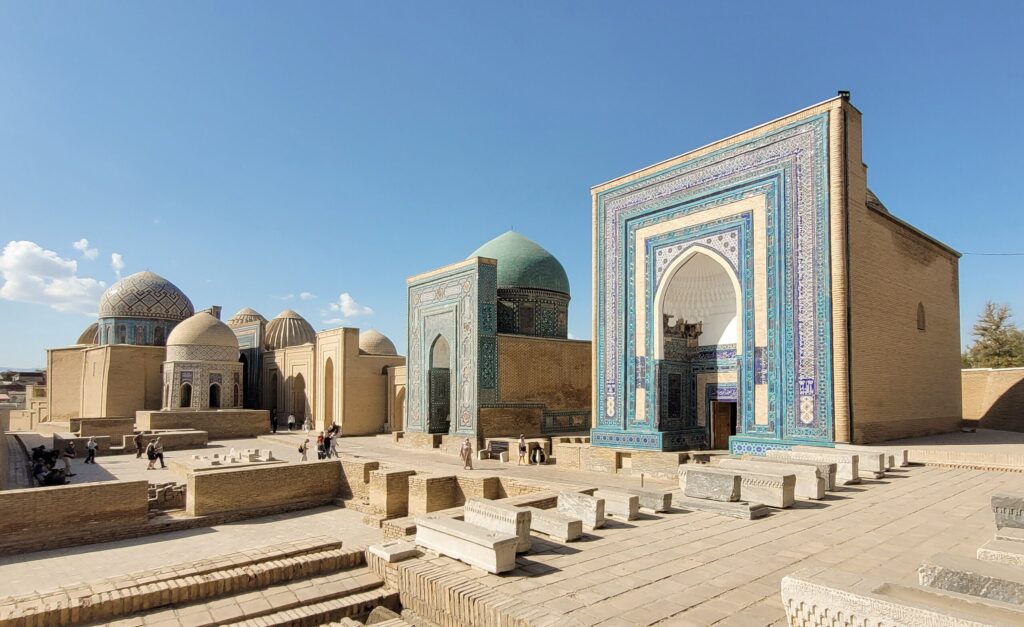
Itchan Kala (Khiva)
A perfectly intact medieval city with narrow alleys, watchtowers, and ornate madrasahs. Staying overnight inside the walls lets you truly soak in the magic.
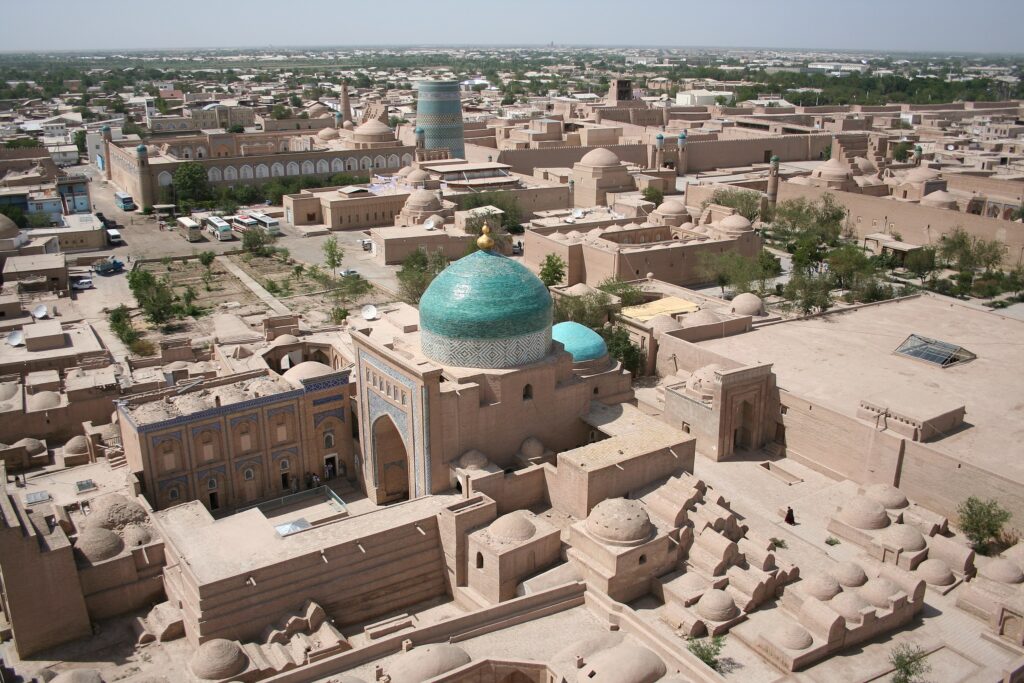
Chorsu Bazaar (Tashkent)
Lively, noisy, colorful — this is where daily life unfolds. Whether you’re buying flatbread, spices, or handwoven hats, it’s an experience for all senses.
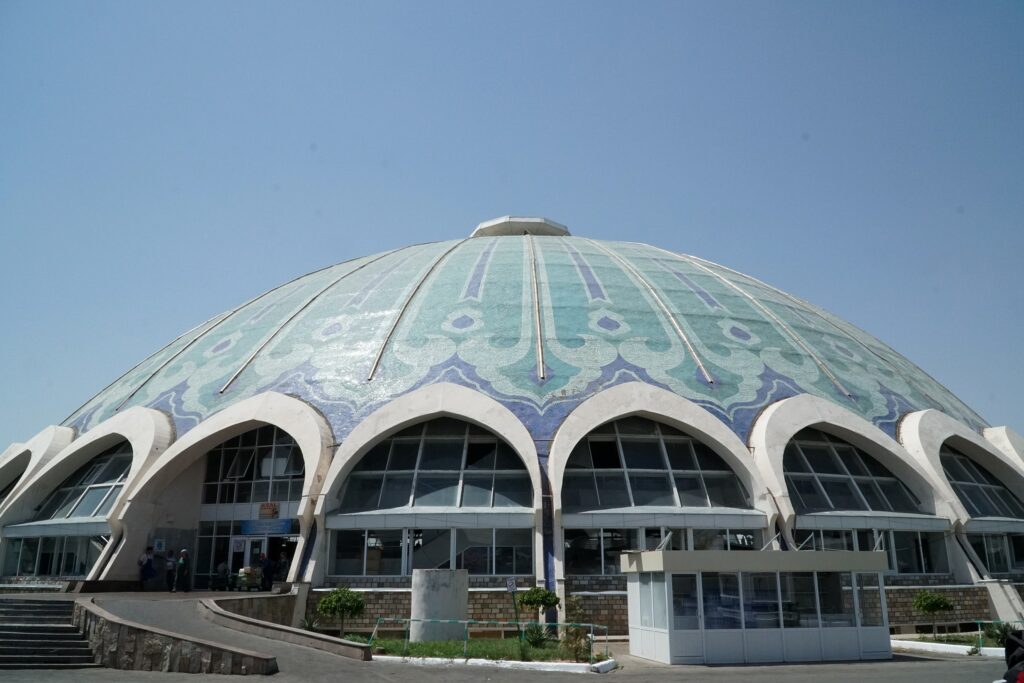
Best Culinary Experiences
Plov
More than a dish — it’s a ritual. Every region has its variation, but the essential ingredients are rice, lamb, carrots, and spices, cooked in a large kazan (cauldron). Best eaten fresh from the pot at a local chaikhana (teahouse).
Samsa
Golden pastries filled with meat or potatoes, baked in clay tandoor ovens. A popular snack sold on street corners and in bazaars.
Lagman
Uighur in origin, this noodle soup or stir-fry is rich, spicy, and hearty. Often handmade and full of vegetables, it’s a satisfying meal after a long day.
Shashlik
Skewers of marinated meat grilled over open flames. Served with raw onions, vinegar, and flatbread — simple and delicious.
Tea Culture
Green tea is served all day, everywhere. Often free in restaurants, it’s also an expression of hospitality. Expect it with sugar, sweets, and a welcoming smile.
Travel Tips for Visiting Uzbekistan
Best Time to Visit
Spring (April–May) and autumn (September–October) are ideal for exploring cities and nature alike.
Summer (June–August) can reach 40°C+, especially in desert areas — manageable with planning, but tiring.
Winter (December–February) is low season: cold but good for budget travelers and indoor sightseeing.
Visa & Entry
Uzbekistan offers visa-free or e-visa access to most countries. The process is simple and quick. Always double-check the latest rules before you go.
Currency & Payments
Local currency is the Uzbek som (UZS).
Cash is still dominant, though cards are increasingly accepted in Tashkent and tourist areas. ATMs are widespread in major cities.
Safety & Etiquette
Uzbekistan is one of the safest countries in the region.
Dress modestly, especially when visiting religious sites.
Always ask before photographing people — most will say yes, some may not.
Transportation & Driving Tips
Train Travel
The Afrosiyob high-speed trains are excellent and connect Tashkent, Samarkand, Bukhara, and Khiva. Booking in advance is recommended.
Shared Taxis & Marshrutkas
Affordable and common for intercity travel. Negotiate price before boarding. These can be faster than trains for short distances.
Car Rental
Not very common among tourists, but available. Many prefer to hire a car with driver, which is still affordable and stress-free.
Driving Yourself
If you plan to drive, bring an International Driving Permit. Roads are decent, but signage is limited in rural areas. Drive cautiously, especially at night.
Uzbekistan is not just a destination — it’s a journey through time. From the echoing blue domes of Samarkand to the quiet yurts by Aydarkul Lake, every step tells a story. It offers depth, beauty, and connection — for the history buff, the photographer, the foodie, and the curious traveler alike.

Published June 29, 2025 • 10m to read

